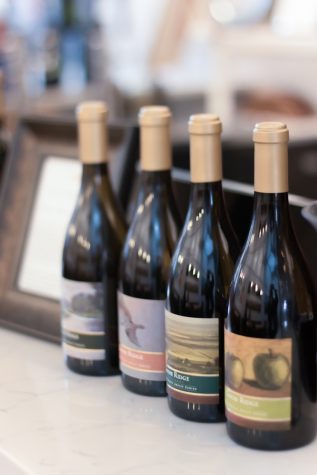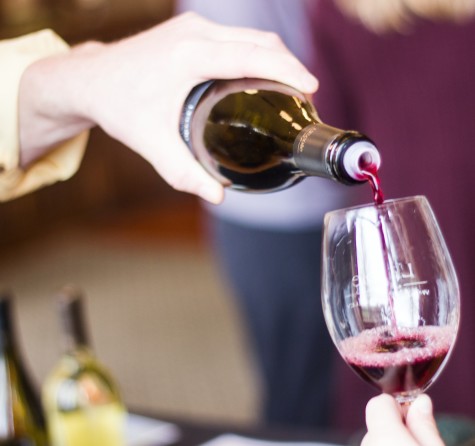Wine in Walla Walla: an economy dependent on agrarian tourism
September 29, 2022
Walla Walla won first place in USA Today’s 10 best wine regions for the third year in a row on July 29. The award marks the culmination of a decades-long push to establish Walla Walla as a wine capital of North America, despite stiff competition.
Cara Jacobson is the director of marketing for Visit Walla Walla, an organization that promotes tourism for the Walla Walla Valley.
“Of course, having more than 120 wineries in our area is one of the biggest draws for visitors, but Walla Walla also offers world-class food, cultural experiences and easily accessible outdoor activities in a charming and hospitable small town,” Jacobson said.
Jacobson noted that some of the benefits of having a robust tourism industry for a small town like Walla Walla include increased revenue for local businesses and the municipal government through taxes.
In 2019, Visit Walla Walla partnered with the Walla Walla Wine Alliance, Walla Walla Community College and the Port of Walla Walla to issue an economic impact report of the valley’s wine industry.
The report estimated that sales from wineries included in the study totaled $115.3 million. Direct sales accounted for the majority of the revenue. The authors of the study found that the overall effect of wine and tourism was broad within the local economy, with many local businesses dependent on wine and wine-related tourism.
“The model estimates total sales of $430 million, labor income of $114 million and 2,484 jobs generated in the local economy in relation to wine production, tasting rooms and winery visitation,” the report said.
Dr. Stylianos Logothetis, Director of Enology and Viticulture at Walla Walla Community College, commented on whether this trend is expected to continue.

“[Walla Walla] is a place that is coming up fast, and I think it is going to be a hotspot for the next five to 10 years,” Logothetis said.
Logothetis explained that the soil and climate are well-suited for viticulture in Walla Walla.
“[It has a] microclimate [that] is very beneficial,” said Logothetis. “It has one of the best and highest qualities. That’s why the wines, especially the reds of Walla Walla, keep coming up. They are great wines; they are very tasty and consumer friendly.”
Logothetis also highlighted what he sees as responsible development of the wine industry in the Valley.
“Napa expanded in 10-15 years from 12 [wineries]; now it’s 400 wineries. This is not happening here,” Logothetis said. “Here in Walla Walla, they are very focused on the product, and they are following the rules of cultivation and quality… with respect for the environment and those philosophical values.”
Executive director of Walla Walla Valley Wine Liz Knapke also highlighted the importance of microclimates for wine production.
“The Walla Walla Valley has also built a reputation for producing world-class wines of superior quality across a broad range of varietals, often cultivated in the Valley’s diverse microclimates,” Knapke said.
Looking forward, Knapke believes the future is bright for Walla Walla wineries.
“[I hope to continue to] uphold the distinct cultural tradition of quality, camaraderie and collaboration in the wine community, while continuing to innovate and push the (metaphorical) boundaries of viticulture and winemaking [in] the Walla Walla Valley American Viticulture Area,” Knapke said.







